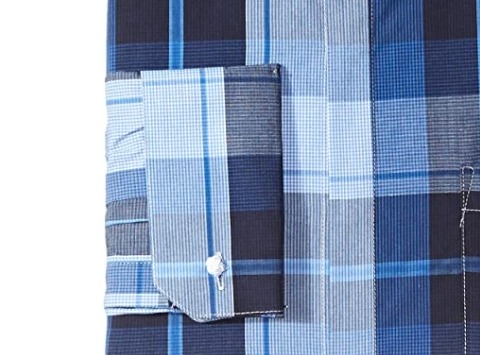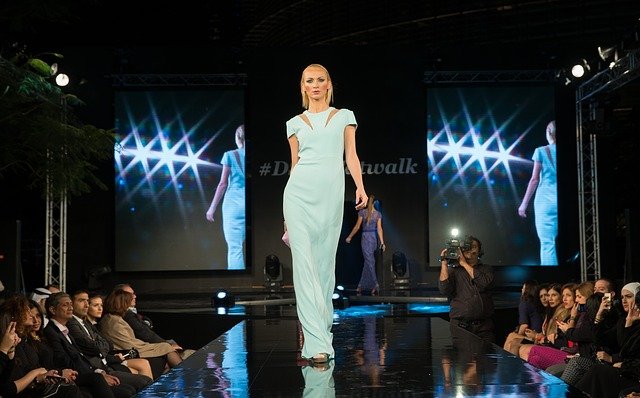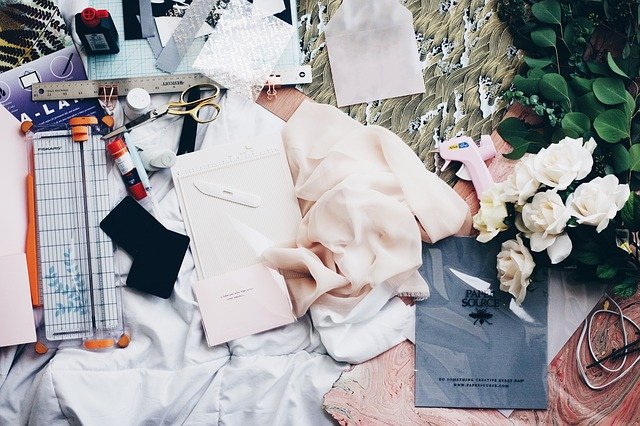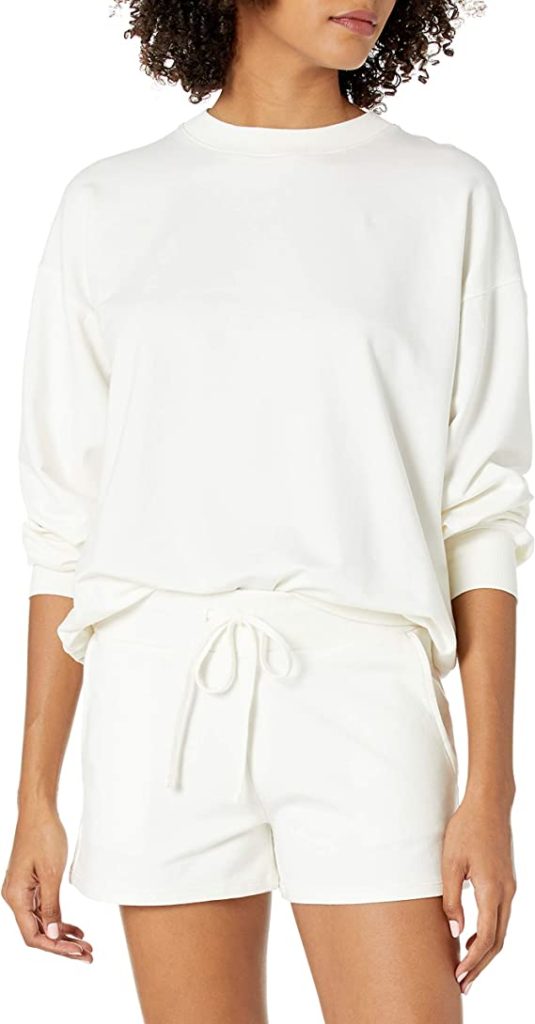A French cuff is a cuffed sleeve on a shirt, dress, or blazer. It is characterized by its width and button placement. French cuffs are traditionally seen in formal wear such as suits, tuxedos, and dress shirts. The only time you would not see them on denim jackets or other casual pieces of clothing.

The cuff’s width can range from slim to wide with the most popular being about an inch wide for men and ¾ inch wide for women. They are typically wider than regular cuffs which are just at the base of your wrist bone (the ulna). There is also more variation in how they fasten; some buttons go all the way up to the shoulder while others stop before the shoulder. There are also cufflinks or buttons on the inside rather than the outside of the sleeve. Sometimes, there is no button at all and it is simply left open with a uniformed roll of fabric like an inverted pleat.
“French cuff” refers not only to the style of cuff itself but also to the buttons located inside the sleeve rather than outside like standard cuffs. For men, it may also refer to a particular type of shirt collar and/or pocket square and tie combination (though these vary by region). Generally speaking:
- A French cuff shirt fastens with at least two interior buttons; these buttons should not be visible when wearing the shirt. The top button will often be the larger of the two while the bottom button is smaller and placed under a flap of fabric.
- A French cuff shirt collar has buttons on both sides of the collar, with one side having more buttons than the other. The more formal style features a high number of small buttons on one side with a low number of large ones on the opposite side. The less formal option usually just has one row on each side with medium sized buttons.
- A pocket square should be handkerchief shaped and sit crisply in your breast pocket. It should not be seen peeking over your jacket from behind or sticking out unevenly from being too far forward or back in your pocket; this may indicate that it was poorly handmade or not folded correctly.
- A tie should be seen in a step or overlapping folds, not in a criss cross pattern. It is important for the tip to reach your belt buckle while the thin end sits just above it. The thin end also shouldn’t pass by your hip pocket. Although you can wear an extra long tie, these are appropriate when wearing full suits rather than when dressing casually or semi-formally.
You may have heard of French cuffs referred to as double cuffs which means they are folded back twice over each other instead of once like standard cuffs. Double cuffs are much more formal and typically worn with cufflinks rather than buttons; however, there are some variations that include one row of button holes on either the inside or outside of the cuff.
If you’re looking to dress up formal, French cuffs are a classic choice that can be worn with a myriad of accessories from neckties and pocket squares to boutonnières and lapel pins. They may require some attention when caring for your wardrobe but they’ll reward you by always giving off a dapper appearance.


